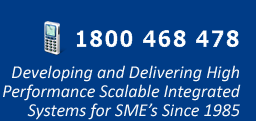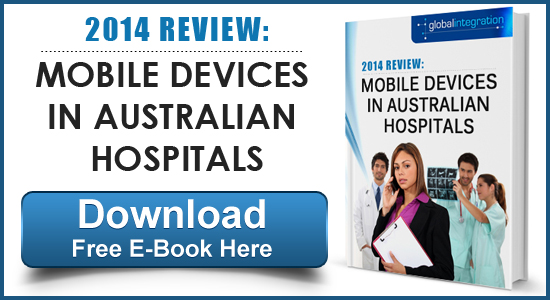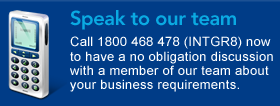 The medical field is flooded with important client information. This information is used by doctors, nurses, hospitals, clinics, and government agencies that have an interest in the client’s total health care to ensure that proper care is delivered.
The medical field is flooded with important client information. This information is used by doctors, nurses, hospitals, clinics, and government agencies that have an interest in the client’s total health care to ensure that proper care is delivered.
Because electronic health records and information exchanges make patient information accessible, those in the healthcare business are looking for ways to integrate and manage this data. Data integration creates a virtual integrated network for hospitals, physicians, and others that are within the healthcare system.
Integrating the patient’s medical records, diagnostic images, lab results, and other information from different sources and storing them in one remote location allowshealthcare providers a more comprehensive picture of the patient, allowing them to effectively make decisions regarding treatment.
In addition, this integrated database system makes it easy for all personnel to share information about the client, avoiding duplication, which leads to a more efficient and better health care delivery system.
How does it work?
Over the last few years, the way healthcare businesses and organisations operate and communicate has greatly changed. Hospitals have their own IT managers working on systems, as well as a team working to ensure computers are working and connecting properly.
But what a hospital decide to buy new medical software program? The hospital has invested time, money, and effort into their valuable IT assets, but thenew system can’t talk to other hospital systems - so data integration is a great solution.
With data integration, your valuable IT assets work together; this can be achieved by using powerful software tools.
One of the reasons thatdata integration was developed and applied to a hospital setting was to lower the possibility that a patient needs to be re-admitted. As patient information is accessible to all medical professionals who are directly involved in the patient’s recovery program from the day of hospital discharge, there’s continuous communication between health care personnel within the hospital, outpatient personnel and the newly discharged client. Clients are monitored continuously until achieving the desirable level of health status.
Despite bringing together information from different medical centres, confidentiality and privacy policies must be strictly observed. After the patient has completed the hospital visit, data must be stored securely for future retrieval.
This breakthrough in digital health care delivery is spearheading new advancements in health care. It’s a new and safe way for both medical personnel and the client to communicate for the betterment of the client’s condition. The database provides easy access and a more holistic approach to patient care.
Why Integrate Patient Data?
As competitive as the business sector, the medical world is also raising services to a higher level.As electronic records and information in relation to health becomes more accessible to physicians, nurses and other medical professionals, medical institutions are developing better ways to store, organize and manage this data. Integrating patient files including medical records, diagnostic procedures, laboratory results and other procedures makes the information accessible to all necessary healthcare professionals andenables them to view a very detailed picture of the patient’s clinical condition. This results in a better and more well-informed decision for the patient’s treatment.
Hospitals, rehabilitation centres and clinics are employing such programs to deliver a better quality health care service to clients, as well as provide medical professionals a more convenient way of attending to patients' needs. This technology creates a collaborative approach on the patient's treatment regimen.
Therefore, the development of this data integration program is for the benefit of the patient as well as medical personnel. Maintaining open communication between health care professionals and the patient using the internet is the easiest way to communicate and the confidentiality of client information is protected by law.
.
To learn more about data integration within a hospital, please click here to download the e-book:






